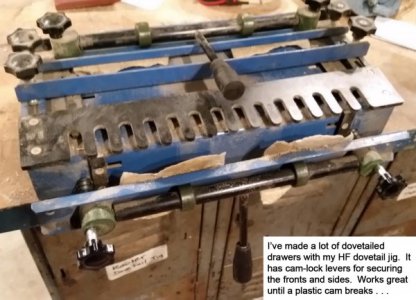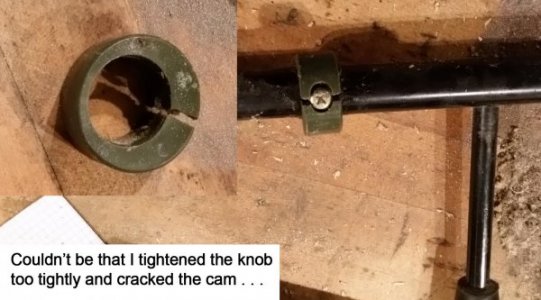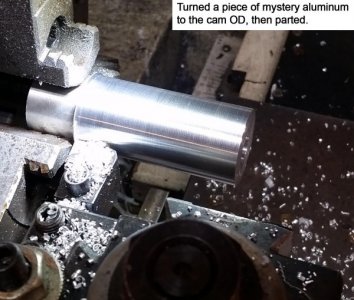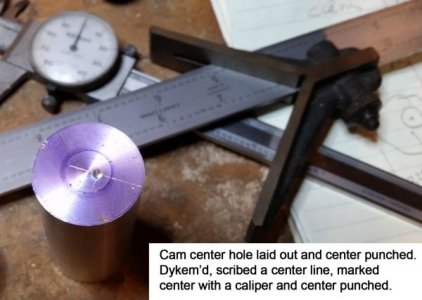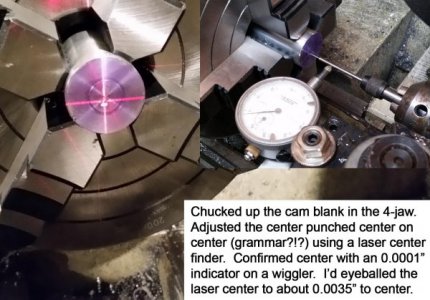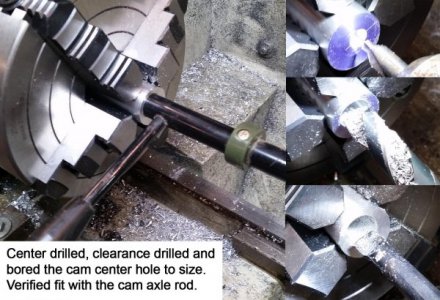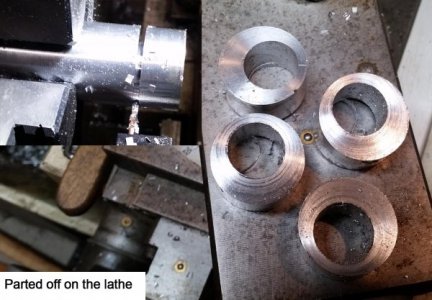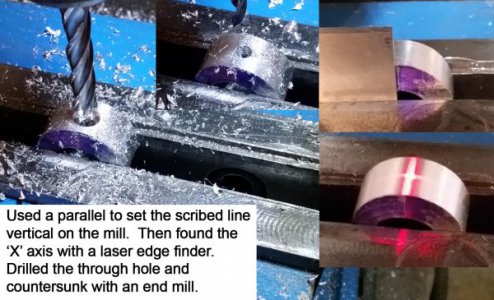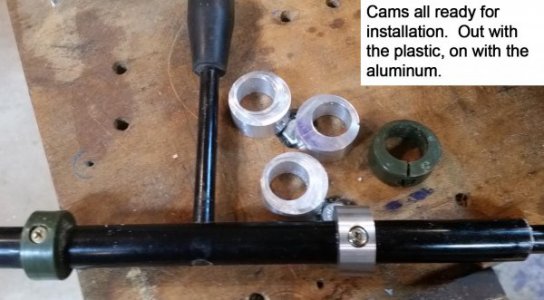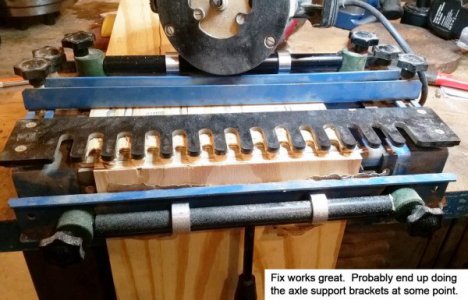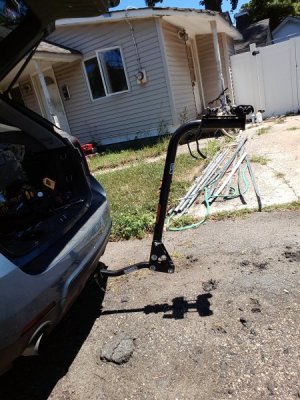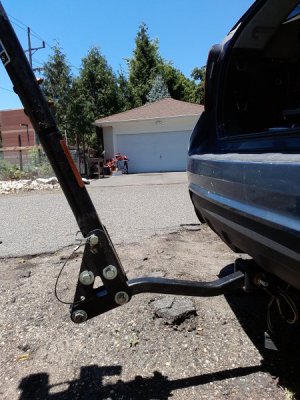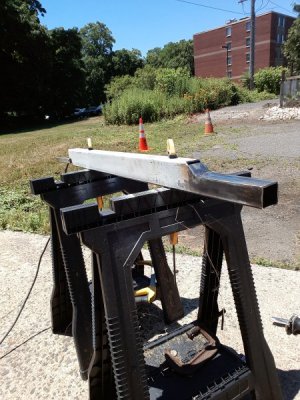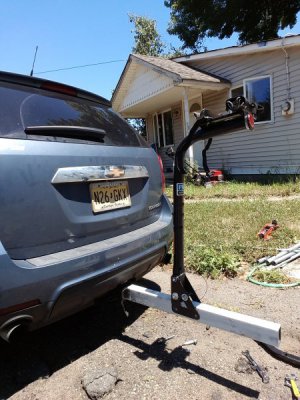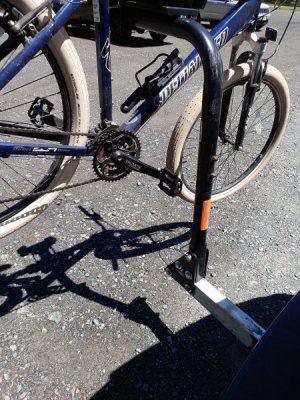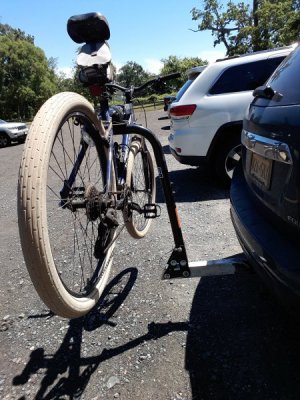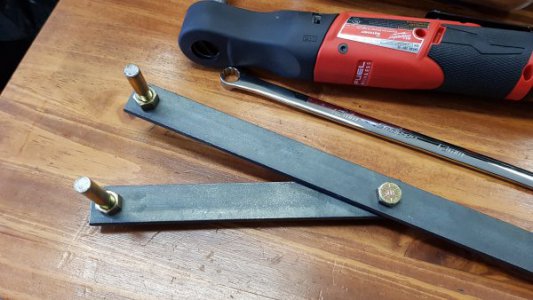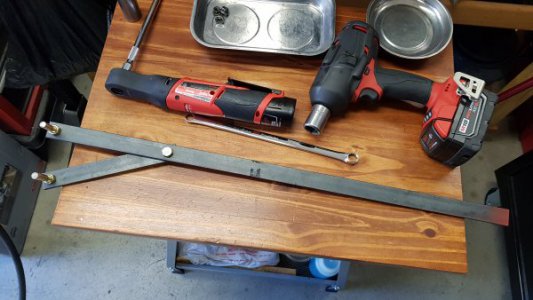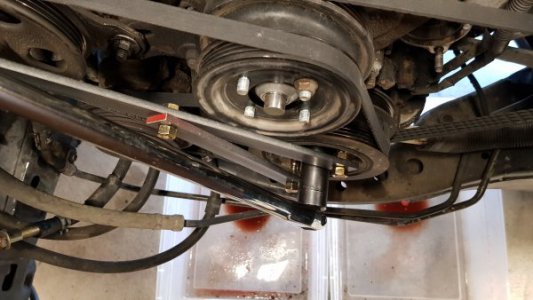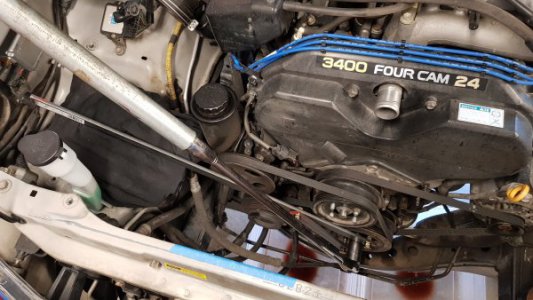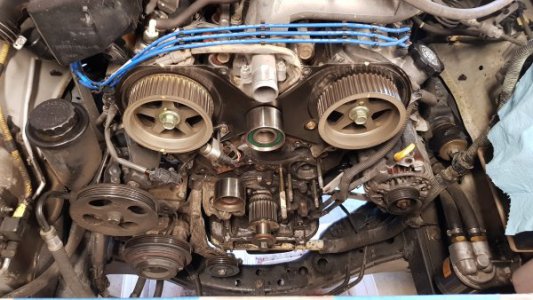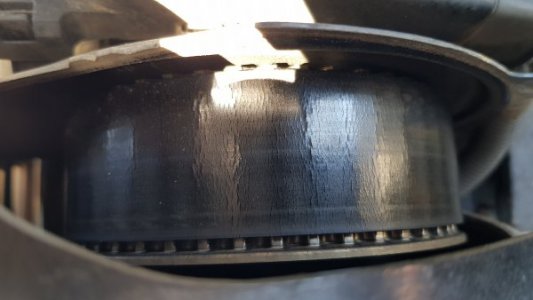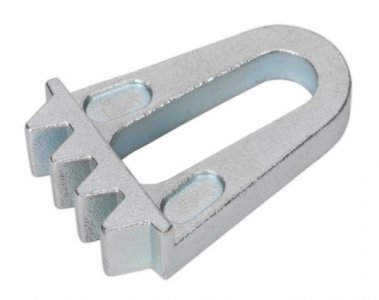POTD was one of those take one step back before taking two steps forward . . . I have an 8' x 2' x 6' tall shelving unit in my shop which was organized about 15 years ago. Not so much now . . . So, longer term POTD is to replace some of the shelving with cabinet(s) and drawers. It'd be quicker/easier to buy a couple of HF 44" tool chests, but going the 3/4" plywood carcass, 1/2" plywood drawer route.
Got a 4' x 4' x 2' carcass put together and started making drawers. I use a HF dovetail drawer jig for drawer-making. Typical glides are 1/2" thick, so drawers are a little under 1" smaller than the cabinet opening. I've made drawers with interlocking rabbets, but that design makes the depth of the rabbets extremely critical because if I'm a little shallow, the drawer width is too big. Then I have to cut a rabbet on the outside where the glide attaches so the drawer doesn't jam.
Nice thing about the dovetail fixture is the drawer width is exactly the length of the front and back boards (assuming the dovetails are cut to proper depth so the sides aren't wide to the front/back). I've made hundreds of drawers with this fixture and have everything adjusted right in. Also have a dedicated router that's purpose in life is to make drawers.
WOW, finally to the POTD . . . Threw the cam lever to lock down a drawer side and heard a "snap". Probably had a little too much clamp pressure and snapped one of the plastic clamping cams.
Measured up an intact cam and chucked up a piece of aluminum. Turned to the cam OD and parted off. Marked the end with Dykem and scribed a center line. Then marked the cam center and center punched. Chucked up the blank in a 4-jaw and adjusted the blank to on center using a laser center finder in the tail stock chuck. I checked center with my normal method of a wiggler in the tail stock with the point in the center punched hole and an indicator on the shaft of the wiggler point. I'd eyeballed the laser to about 0.0035" radially from center, so not too bad depending on the project.
The laser went pretty quickly, lined up the center scribed line on the blank with two jaws. Then adjusted those two jaws to put the center punched hole on center. Rotated 90 degrees and adjusted the other two jaws. Frankly, I'll probably go with the indicator method in the future since it's more accurate and doesn't take any extra time.
Blank was on center, so center drilled, clearance drilled and bored the cam hole to size. Verified fit with the cam axle, then parted off 4 new cam blanks. Set the blanks in the mill and aligned the center scribed line to vertical using the edge of a parallel. Then found center in X using the laser center finder. Drilled the mounting screw clearance hole and countersunk with an end mill.
Fix works great! You'll probably see another POTD in the near future when I replace the plastic clamp bearings with aluminum ones. Also a POTD of the cabinet once it's done. Thanks for looking.
Bruce
View attachment 271353
View attachment 271355
View attachment 271356
View attachment 271357
View attachment 271358
View attachment 271359
View attachment 271360
View attachment 271361
View attachment 271362
View attachment 271363
